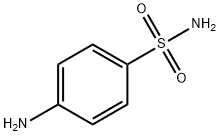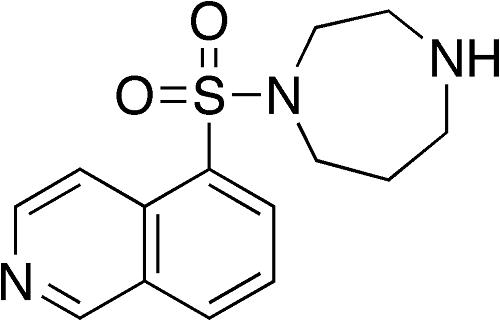The pharmacodynamics of sulfanilamide
Background
Sulfanilamide are generally white crystalline particles or powder; Odorless, bitter at the beginning and slightly sweet after taste; The color gradually darkens under light; Very soluble in boiling water, acetone, slightly soluble in ethanol, slightly soluble in water, soluble in dilute hydrochloric acid or alkali hydroxide solution; Melting point: 164.5 ℃ - 166.5 ℃. Crystalline sulfonamides belong to sulfonamides antibacterial and anti-inflammatory drugs, which are used for the infection of hemolytic streptococcus and meningococcus; Do not use it in patients with sulfonamide allergy and severe liver and kidney disease; external[1].
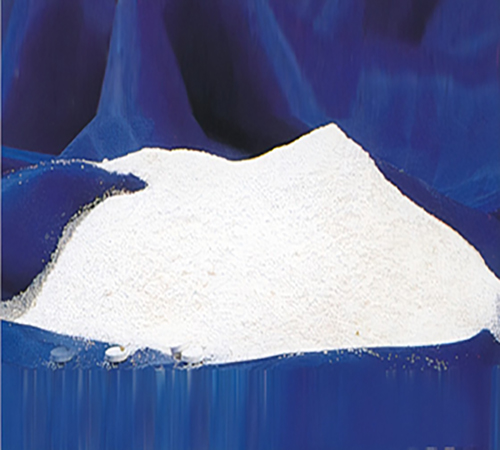
Picture 1 Sulfanilamide powders
Preparation method
(1) Acetanilide is hydrolyzed with acetyl acid in water at 40 ℃ and dried to obtain acetanilide. Then acetanilide is slowly hydrolyzed with acetyl acid at 40 ℃ and filtered to obtain acetanilide. (2) In the mixed diphenylurea method, monophenylurea and diphenylurea (called mixed urea) are obtained by condensation of aniline and urea, and then obtained by chlorosulfonation, amination, hydrolysis and acid precipitation. The reaction process is as follows. ① Firstly, aniline hydrochloride is condensed with urea and reacted at 101 ~ 110 ℃ for 3 ~ 4H to obtain mixed diphenylurea. ② Chlorosulfonation press chlorosulfonic acid into the sulfonation pot, cool and stir. When the temperature drops below 10 ℃, evenly add mixed phenylurea under the stirring condition of chemicalbook to gradually increase the reaction temperature. After feeding, heat preservation and stirring at 46 ~ 50 ℃ for 2h, cool to below 10 ℃, and add water for acid hydrolysis. Control the decomposition temperature to no more than 15 ℃, add water, continue stirring for 20 minutes, and then precipitate and wash with water to obtain mixed phenylurea sulfonyl chloride. ③ Ammoniated 2% ammonia water is put into the ammoniating pot, cooled to 25 ℃, mixed phenylurea sulfonyl chloride is put under stirring, the temperature is controlled at 40 ℃, and the heat preservation reaction is carried out for 3h to obtain the ammoniated liquid. ④ Hydrolysis and neutralization raise the temperature of ammoniated liquid above 90 ℃, add 3% alkali solution, continue to raise the temperature by 108 ~ 112 ℃, hydrolyze for 5h, transfer it to neutralization crystallization pot, add hydrochloric acid for neutralization crystallization, cool the crystallization liquid to 20 ℃, crystallize, filter, wash and dry to obtain the finished product.
Pharmacodynamics
Sulfonamides are also known as p-aminobenzene sulfonamide, sulfonamide, p-aniline sulfonamide, p-sulfonamide aniline. The precipitates from ethanol aqueous solution are white leaf like crystals or crystalline powder, odorless, slightly bitter and then sweet in taste, and change color when exposed to light. Relative molecular weight 172.22. Relative density 1.08. Melting point 165 ~ 166 ℃. Insoluble in benzene, ether and chloroform, soluble in water (g / L): 2.6 at 10 ℃, 7.5 at 25 ℃, 17.0 at 40 ℃, 40.0 at 60 ℃, 477 at 100 ℃; also soluble in ethanol, 1g per 37ml of ethanol, 1g per 5ml of acetone, glycerol, propylene glycol, hydrochloric acid and sodium hydroxide (potassium) solution; sulfonamide aqueous solution litmus test paper is neutral, 0.5% aqueous solution pH = 5.8 ~ 6.1. The color darkens in the light. Human beings taking a large amount of sulfa can cause nausea, vomiting and diarrhea, affect the liver and kidney, and cause tinnitus, dizziness, headache, and even various neurological symptoms until death. Dog oral ld502000mg / kg.
The mechanism of action is to interfere with the synthesis of nucleic acid required by pathogenic microorganisms and stop the growth, development and reproduction of bacteria due to lack of nutrition. It can inhibit and kill hemolytic streptococcus, Staphylococcus and meningococcus. [pharmacokinetics] oral administration is easy to be absorbed from the gastrointestinal tract and widely distributed in the body. It can penetrate the blood-brain barrier into brain tissue and the placental barrier into the fetus. Excretion is fast, mainly by metabolites from the kidney.
Application
This product is a sulfonamide drug with low toxicity. It can be used for infants, pregnant women, pregnant women and menstruation, but it should not be taken in large quantities. It is mainly used for traumatic infection caused by hemolytic streptococcus and Staphylococcus, and local wound infection. It is effective for hemolytic streptococcal infection (erysipelas, puerperal fever, tonsillitis) and urethral infection (gonorrhea); It is also an intermediate for the synthesis of other sulfonamides (such as sulfamidine, sulfamethazine and sulfamethoxyzine). It is used in the pharmaceutical industry as the main raw material for the synthesis of sulfonamides. It is used as a reagent for the determination of nitrite. It is also used in the pharmaceutical industry as an intermediate for the synthesis of other sulfonamides. It is occasionally used for wound disinfection and sterilization. P-aminobenzenesulfonamide is not only the intermediate of herbicide sulfoxanil, but also the intermediate of pharmaceutical sulfonamides. Use: This product is an important intermediate of sulfonamides. Uses: veterinary drugs, topical anti-inflammatory drugs, for analysis and detection. It has a wide antibacterial spectrum and has antibacterial effect on Gram-positive and negative bacteria such as hemolytic streptococcus, Neisseria meningitidis and Staphylococcus. This product is topical and can be partially absorbed from the wound. It is used for traumatic infection of hemolytic streptococcus and Staphylococcus. It can also be used for rapid hemostasis of wounds.
Reference
1 Wang, Xian-Long, Kun Wan, and Cheng-He Zhou. "Synthesis of novel sulfanilamide-derived 1, 2, 3-triazoles and their evaluation for antibacterial and antifungal activities." European journal of medicinal chemistry 45.10 (2010): 4631-4639.
);You may like
See also
Lastest Price from Sulfanilamide manufacturers
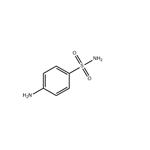
US $0.00/kg2024-04-26
- CAS:
- 63-74-1
- Min. Order:
- 25kg
- Purity:
- 99%
- Supply Ability:
- 10tons
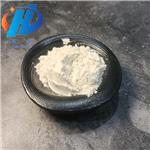
US $5.00/kg2024-04-25
- CAS:
- 63-74-1
- Min. Order:
- 1kg
- Purity:
- 99.92%
- Supply Ability:
- 50000tons
